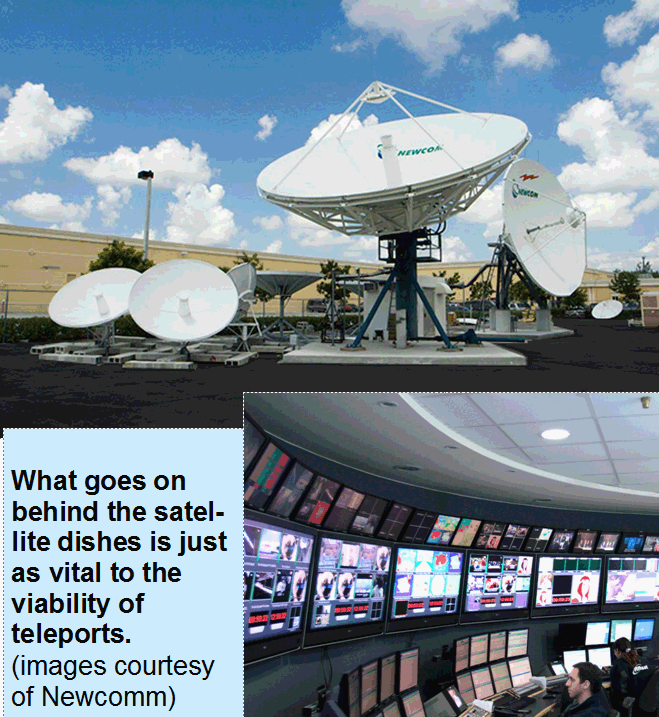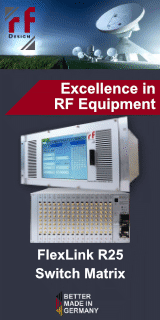What’s Behind the Satellite Dish?
by Robert Bell
New York City, NY, Septmeber 6, 2013--If you drive by a satellite uplink facility, also known as a teleport, you will see an array of satellite dishes, from large to small, a few buildings, and a surrounding security fence. No matter where you go in the world, the set up looks basically the same. But behind the satellite dishes, the reality can be completely different.
Last year, I started talking with satellite operators who have a problem with that reality. Particularly in places where satellite services are on a strong growth track. As entrepreneurs enter the market, their focus is on getting service up, running and paid for – and not always on the quality of the facility and services. For a satellite operator making recommendations about where a customer can uplink to its spacecraft, QOS problems on the ground can translate into failure to provide an end-to-end solution.
 I decided to expand my conversational circle and see if teleport operators had the same discomfort. It turned out they did. Those with well-established, high-quality facilities hate losing prospective business to competitors who offer a cheaper price to customers who don’t necessarily understand the quality difference. Many early-stage companies want to know how to bring their facilities up to world class.
I decided to expand my conversational circle and see if teleport operators had the same discomfort. It turned out they did. Those with well-established, high-quality facilities hate losing prospective business to competitors who offer a cheaper price to customers who don’t necessarily understand the quality difference. Many early-stage companies want to know how to bring their facilities up to world class.
These intersecting interests have led the World Teleport Association to start work on developing a certification program for teleports. We want to make it simple, clear and reliable, and to leave it to customers to make the price-performance decision.
Do they want to buy service from a Tier 1 teleport, where they can count on the state-of-the-art in terms of systems, connections and procedures? Can their application be just as successful if delivered through a Tier 4 facility, where lower prices reflect a lower level of investment in facilities and connectivity? It is up to the customer to decide, and to teleport operators to respond. What the WTA and its members want to provide is greater transparency, so that expectations line up more often with outcomes.
To understand what the standards for certification ought to be, we will go to the experts: teleport operators who know their operations inside and out, and can tell us what is feasible and meaningful to measure and what provides detail without insight. We will also ask customers in media, government and enterprise to provide feedback, so that the final standards meet their needs.
It is early days yet, but early input from teleport operators confirms the importance of this project. Sixty-four percent of respondents to a member survey called the potential business value of certification very high or high. Based on a description of a certification procedure – still theoretical at this point – fifty-seven percent called it excellent or very good. That is positive enough to justify taking the project to the next step.
In New York City, where WTA is based, the restaurants receive a letter grade from the Department of Health that tells patrons about the conditions in kitchens that most of them never see. In a year or two, satellite service customers may be able to get the same insight into what is going on behind the dishes at their teleport of choice.
---------------------------------------
 Robert Bell is Executive Director of the World Teleport Association, which represents the world's most innovative teleport operators, carriers and technology providers in 20 nations. He can be reached at: rbell@worldteleport.org
Robert Bell is Executive Director of the World Teleport Association, which represents the world's most innovative teleport operators, carriers and technology providers in 20 nations. He can be reached at: rbell@worldteleport.org





